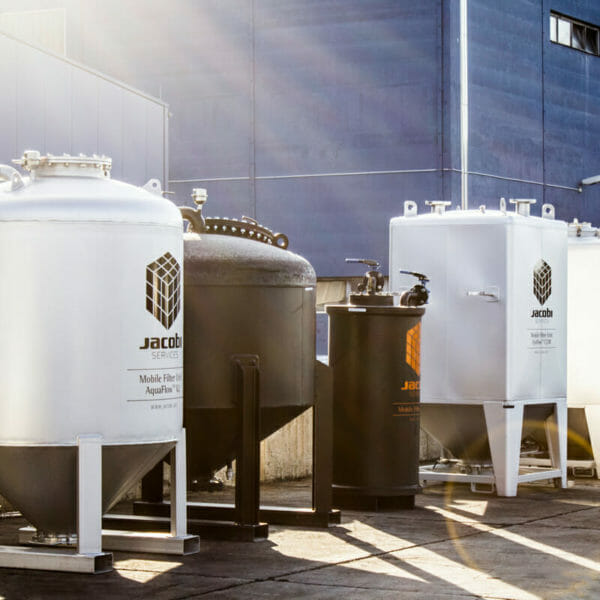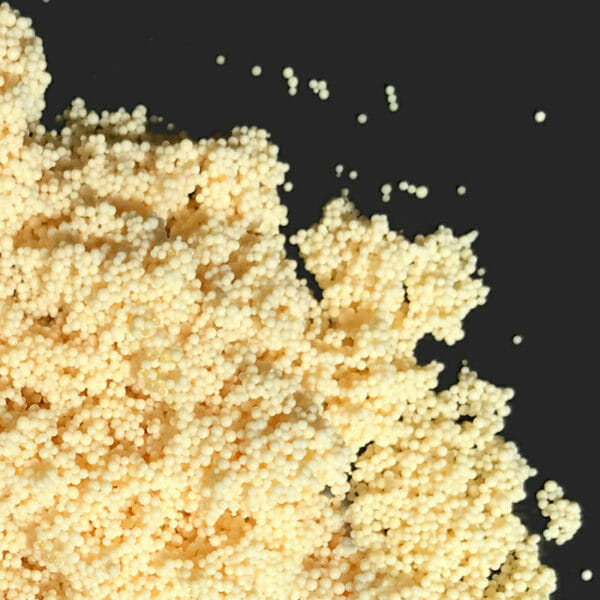Biodiesel is a type of biofuel mainly made from vegetable oil such as rapeseed. Biodiesel is often used in a mixture with diesel obtained from petroleum refining. The designation given to it is B5 (5% biodiesel) or B20 (at 20% blending). When pure biodiesel is used, it is B100.
Biodiesel is a sustainable energy source. Carbon dioxide released from biodiesel combustion is offset by the carbon dioxide absorbed from growing plants, like soybeans used to produce the fuel.
Biodiesel is produced by transesterification reaction of the triglyceride, a process that converts fats and oils into biodiesel and glycerine (a coproduct). This reaction is carried out at 60-70°C with a catalyst. This reaction produces biodiesel (methyl esters) and free glycerine (crude glycerol). Both products are separated by settling (glycerine density = 1.22, biodiesel density = 0.88).
Both the crude glycerine and biodiesel contain undesirable impurities, such as non-reacted methanol, free fatty acids, colour and catalyst residues. Sometimes, they can also pick up water during transport that must be removed prior to final use.
BIODIESEL: MOBILE FILTERS
BIODIESEL: SOLUTIONS
Auxiliary equipment and additional services
In addition to mobile filters and different media, Jacobi Services also offers auxiliary equipment and additional services, including:
A series of removable insulation jackets with electrical heat tracing in order to avoid cooling of the liquid and to avoid that frost freezes the water in cold regions in the AquaFlow™ range industrial filters.
Rentable AquaFlow™ industrial filters for onsite representative pilot testing. This avoids capital expenditure.
BIODIESEL: ION EXCHANGE RESINS
Resinex™
Dry strong acid cations type Resinex™ DK-8 are designed to remove salts, soap, catalyst, glycerine, and water from raw B-100 (100% Biodiesel). One kg Resinex™ DK-8 can produce between 1 and 2 MT biodiesel B100 depending on the quality of the crude biodiesel. The sulfonate groups have a high attraction effect on polar compounds such as glycerine. Methanol and water are also adsorbed by the resin but at a much lower rate compared to glycerine.
The most efficient layout for glycerine removal consists of three vessels in series; the lead, the lag and the polishing vessel as shown on the drawing below. The lead vessel is washed by methanol to remove glycerine at breakthrough. After the methanol wash, the lag vessel moves to the lead position.
The purification filter should not be filled completely with Resinex™ DK-8 because it swells approximately 10% once it is in contact with the biodiesel.
GET IN TOUCH
Fill out the short form below and or team will be in touch.




